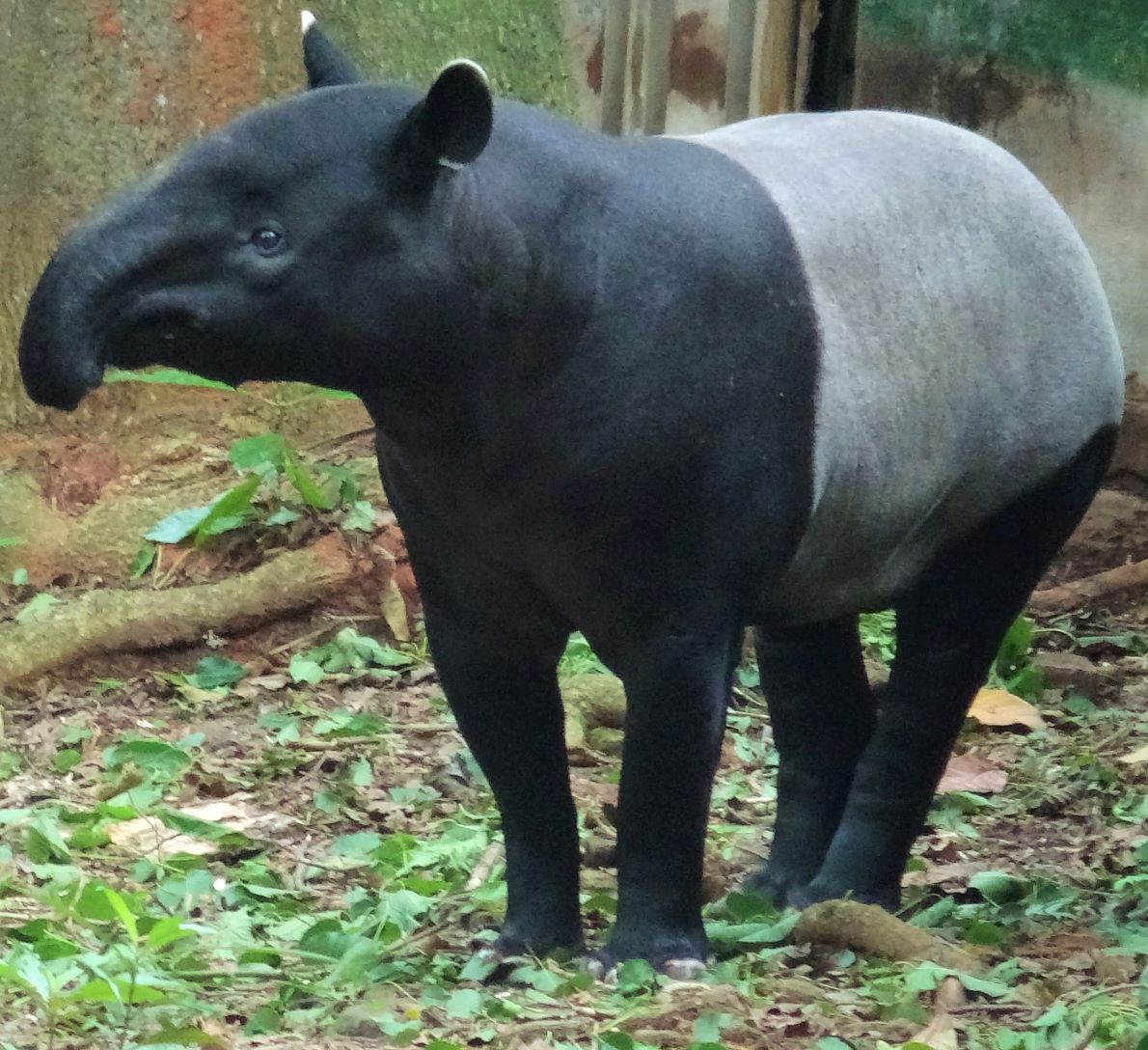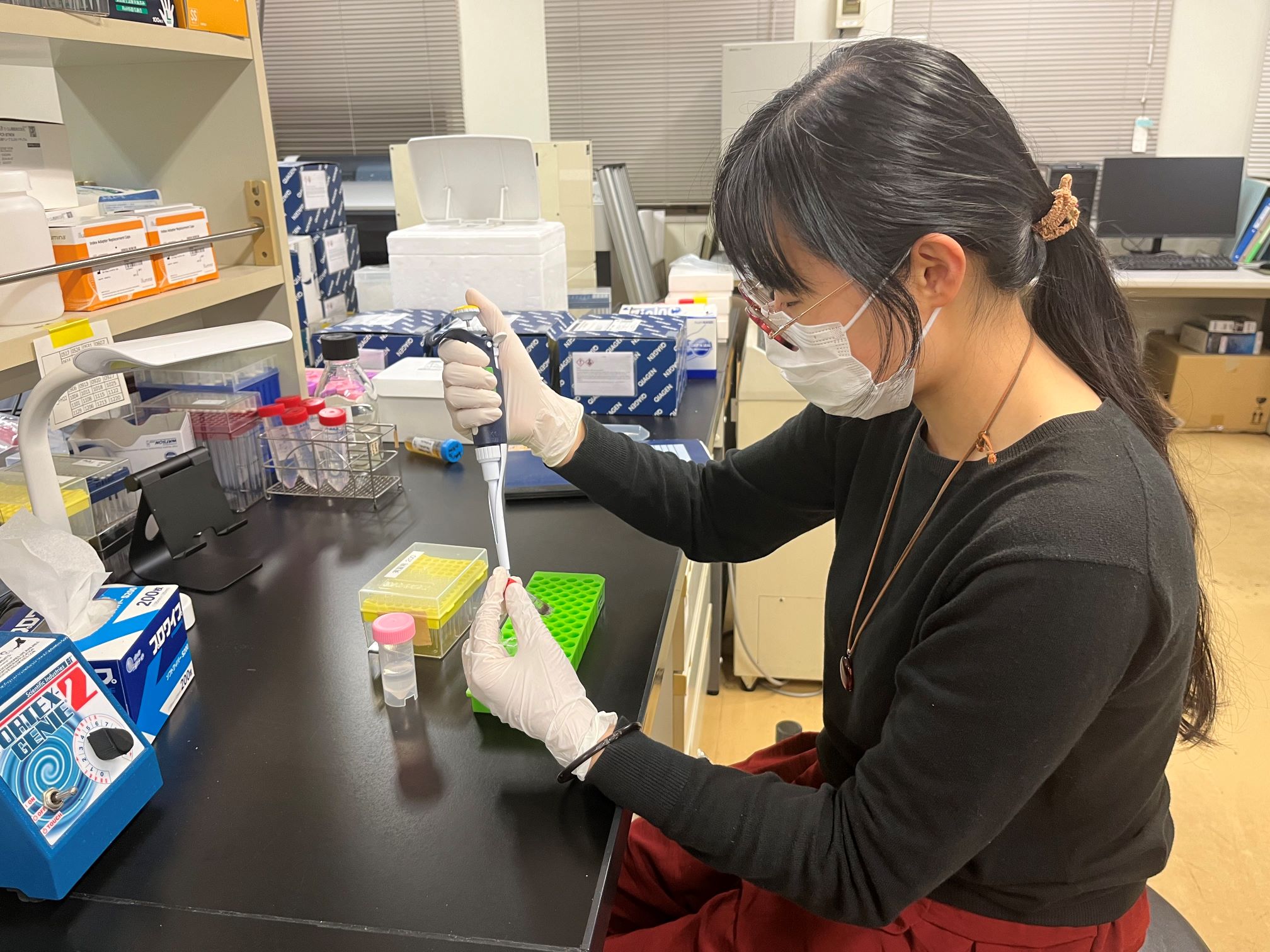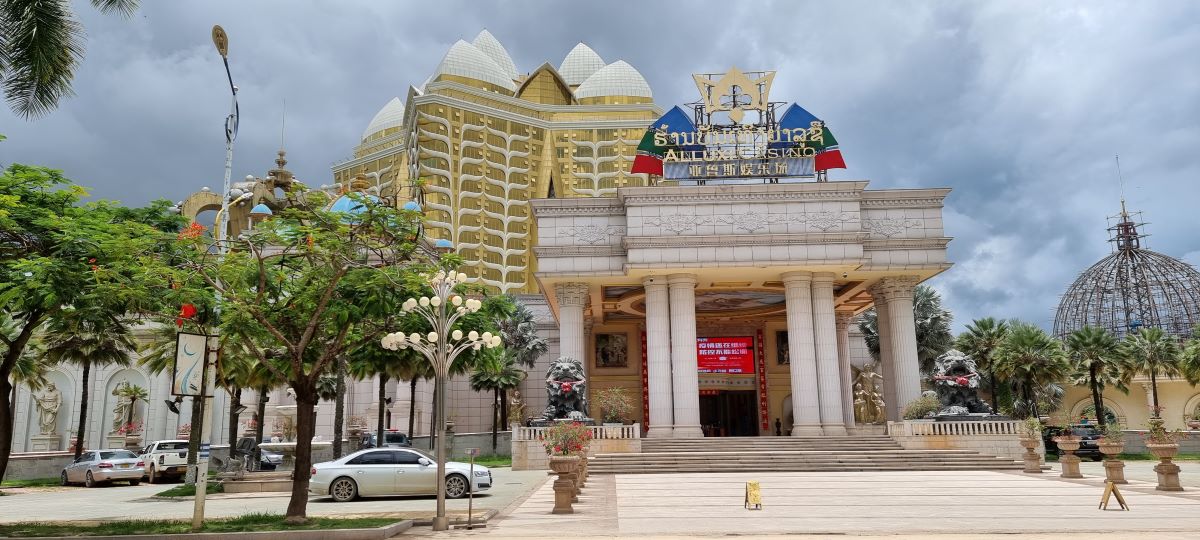Pilot study
"Genomics, gut microbiome, and diet analysis for the conservation of the Malayan tapirs on Sumatra island"
R6 2-5 (R6 AY2024)
| Project Leader | LIM QI LUAN (Hokkaido University, Graduate School of Env. Science) |
| Research Project | Genomics, gut microbiome, and diet analysis for the conservation of the Malayan tapirs on Sumatra island |
| Countries of Study | Indonesia |
Outline of Research
The endangered Malayan tapir (Tapirus indicus) in Southeast Asia, including Sumatra island, is threatened with survival due to ongoing large-scale development in the region. This study will analyze the genome, gut microbiome and diet of the tapir with the aim of better understanding and protecting the tapir population on Sumatra island. Consultations will be held with Sumatran wildlife authorities and conservation managers to begin research experiments and to assess the feasibility of the project.
Purpose of Research, Its Significance and Expected Results, etc
A better understanding of the ecology of Malayan tapirs, including information on their genetic diversity and gut microbiota, is essential for better conservation both in situ and ex situ. Genomic analysis and fecal DNA analysis can be used to characterize the genome and gut microbiota of the tapir populations on Sumatra island, which may be a subspecies, to be compared to the wild and captive populations from different regions. In addition, the identification of plant species from fecal DNA may allow comparison of differences in diet between Sumatran and mainland populations. These elements (genetic diversity, gut microbiome, and food selection) may provide insights into the local adaptation and evolution of Malayan tapirs and contribute to international conservation plans between Southeast Asian countries and Japan. For example, it can be expected to provide a means of assessing the suitability of hybrid individuals in captive breeding programs and the feasibility of genetic rescues of isolated populations in the future. This pilot study aims to visit government and university research facilities and to establish links with government ministries, national parks and zoos on Sumatra. If samples from Sumatra can be collected during the visit, genomic sequencing may be conducted and used for genomic comparisons between populations from different habitats. After the visit, in addition to existing grants, the team will work on obtaining further grants to start full-scale collaborative research on Sumatra. The results obtained will be published in scientific journals and presented at international conferences.



